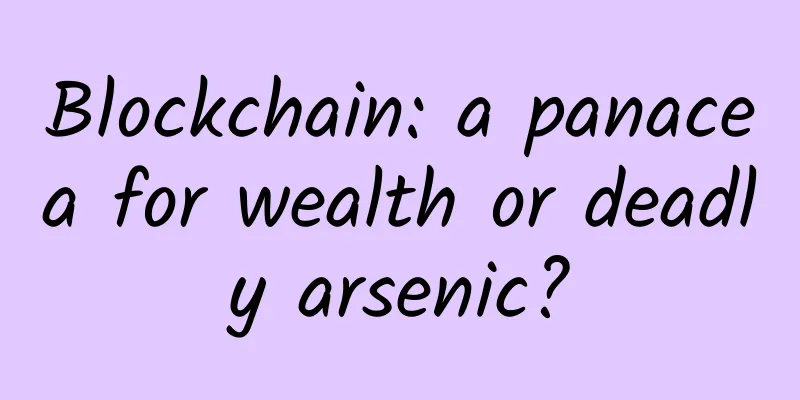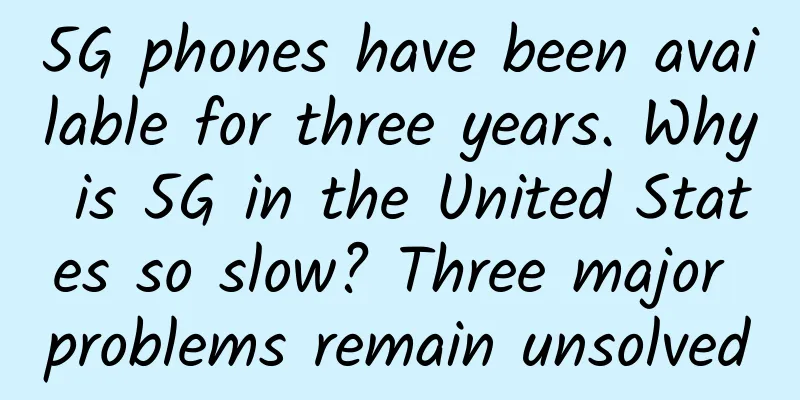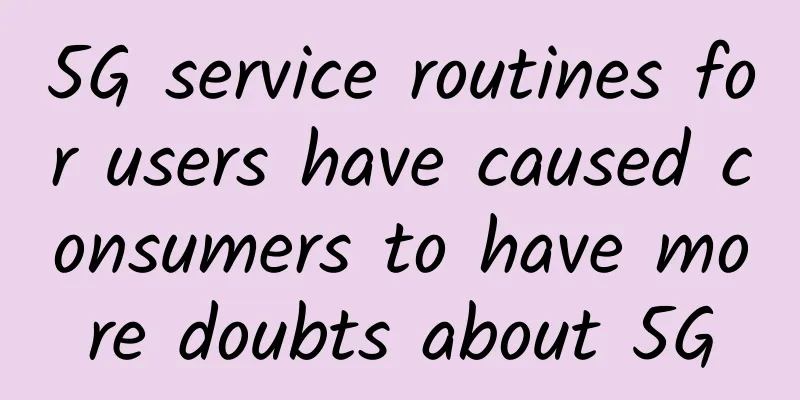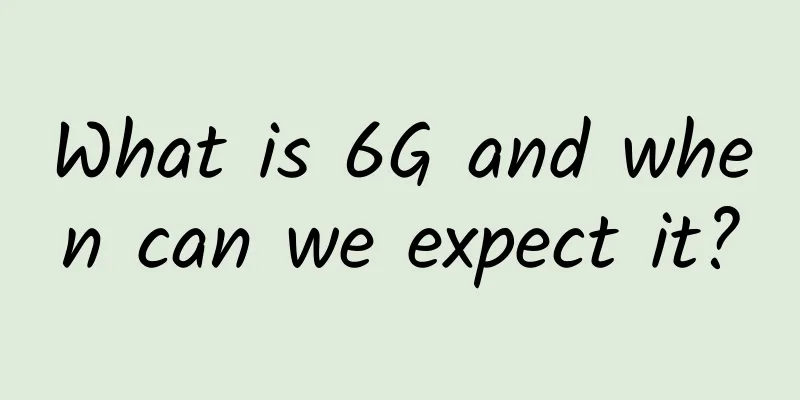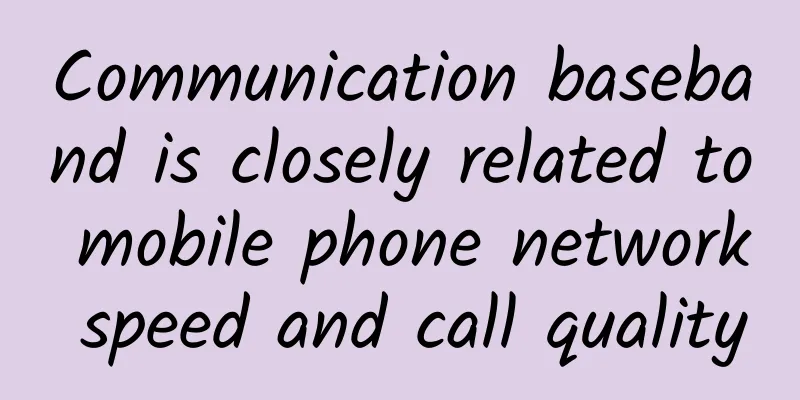The data is not real-time enough: try long connection?
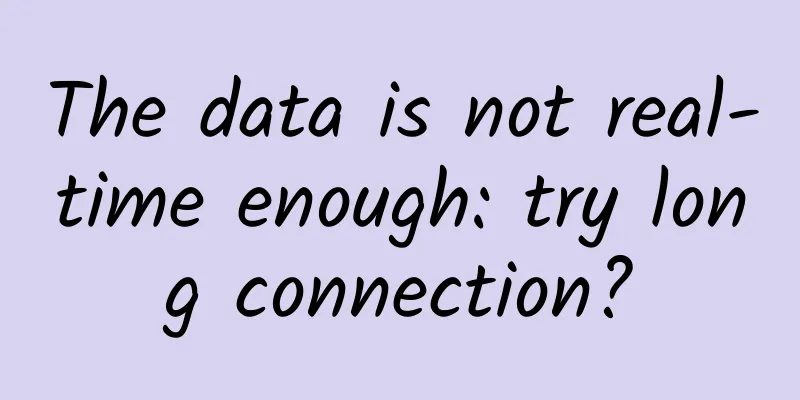
backgroundIn certain scenarios, we often need to obtain the latest data in real time, such as message push or announcements, chat messages, real-time logs and academic status, etc., which all have high requirements for the real-time nature of the data. In the face of such scenarios, the most commonly used method may be polling, but in addition to polling, there are also long connections (Websocket) and server push (SSE) solutions to choose from. pollingPolling is to use a cyclic http request method to obtain the latest data through repeated interface requests. Short pollingShort polling is probably the most commonly used method for real-time data refresh. When we talk about polling solutions, most of the time we are referring to short polling. Its implementation is the same as that of ordinary interfaces. The modification only requires adding a timer or using useRequest to configure polling parameters on the front end. The principle is also very simple. As shown in the figure below, if it is http1.1 and above, TCP connections can be reused. Of course, http1.0 and below can also be used, but the consumption will be higher. The characteristic of short polling is that the interface request will be returned immediately, and each request can be understood as a new request. Advantages and disadvantages of short pollingThe biggest advantage of short polling is its simplicity. The front end sets the time interval and requests data regularly, while the server only needs to return the query data synchronously. However, the disadvantages are also obvious:
Long pollingAfter reading the above introduction to short polling, we know that polling has two main defects: one is too many useless requests, and the other is that the real-time data is uncontrollable. In order to solve these two problems, a further long polling solution was developed. In the above figure, after the client initiates the request, the server finds that there is no new data at present. At this time, the server does not return the request immediately, but suspends the request. After waiting for a period of time (usually 30s or 60s, setting a timeout return is mainly to consider that the long-term dataless connection will be disconnected by the gateway or a certain layer of middleware or even by the operator), if it is found that there is still no data update, an empty result is returned to the client. After receiving the reply from the server, the client immediately sends a new request to the server again. This time, after receiving the request from the client, the server also waited for a while. Fortunately, the data on the server was updated and the server returned the latest data to the client. After getting the result, the client sends the next request again, and so on. Advantages and Disadvantages of Long PollingLong polling perfectly solves the problem of short polling. First, the server does not return data to the client when there is no data update, so a large number of repeated requests from the client are avoided. In addition, after receiving the response from the server, the client immediately sends the next request, which ensures better data real-time performance. However, long polling also has disadvantages:
From the above description, it seems that the number of long polling and the delay can be reduced. Is long polling better? Actually, not really. Both polling methods have their advantages and disadvantages and are suitable for different scenarios. How to choose short polling or long polling?Long polling is mostly used for frequent operations, point-to-point communication, and the number of connections cannot be too many. Each TCP connection requires a three-step handshake, which takes time. If each operation is connected first and then operated, the processing speed will be much lower. Therefore, it is OK to send data packets directly during the next processing without establishing a TCP connection. For example: the database connection uses a long connection. If short connections are used for frequent communication, socket errors will occur, and frequent socket creation is also a waste of resources. HTTP services like WEB websites generally use short polling, because long connections consume certain resources for the server, and short connections save more resources for frequent connections of tens of thousands or even hundreds of millions of clients like WEB websites. If long connections are used, and there are tens of thousands of users at the same time, if each user occupies a connection, you can imagine how much time it would take. Therefore, when the concurrency is large but each user does not need to operate frequently, short connections are better. Long ConnectionWebSocketAs mentioned above, long polling is not suitable for scenarios where server resources are frequently updated. One solution to this problem is WebSocket. To put it simply, WebSocket establishes a persistent long connection between the client and the server. This connection is duplex, and both the client and the server can send messages to each other in real time. The following is a diagram of WebSocket: WebSocket is very common for front-end students, because whether it is webpack or vite, the reload for HMR is done through WebSocket. When there is a code change, the project is recompiled, and the new changed module is notified to the browser to load the new module. Here, the notification of the browser to load the new module is done through WebSocket. As shown in the figure above, after the connection is established through handshake (protocol conversion), the two parties maintain a persistent connection. Due to historical reasons, WebSocket relies on HTTP to establish a connection, but its connection request has obvious characteristics, the purpose is that both the client and the server can recognize and maintain the connection. Request FeaturesRequest header characteristics
Response header characteristics
compatibilityThe WebSocket protocol was born in 2008 and became an international standard in 2011. Now all browsers support it. Implementing a simple WebSocketBased on native WebSocket, we implement a simple long connection. connect // Only one WebSocket instance is needed for the connection Send Message ws .send ( "This is a message: " + count ) ; Listening for messages ws .onmessage = function ( event ) { Close the connection ws .close ( ) ; Using WebSocket in your projectIn engineering, business requirements are rarely implemented directly based on native WebSocket. Using WebSocket requires completing the following issues:
Server-Side Message Entry (SSE)SSE stands for Server-sent Events, which is a component of the HTML 5 specification. The specification is very simple and consists of two main parts: the first part is the communication protocol between the server and the browser, and the second part is the EventSource object that can be used by JavaScript on the browser. The communication protocol is a simple protocol based on plain text. The content type of the server's response is "text/event-stream". The content of the response text can be regarded as an event stream consisting of different events. Each event consists of two parts: type and data, and each event can have an optional identifier. The contents of different events are separated by blank lines ("rn") containing only carriage returns and line feeds. The data of each event may consist of multiple lines. Comparison with Websocket
CompatibilityData FormatThe SSE data sent by the server to the browser must be UTF-8 encoded text. Response HeadersContent - Type : text / event - stream Data TransferEach time the server sends a message, it consists of several messages separated by \n\n. If a single message is too long, it can be separated by \n. field value data example // Comment, used for heartbeat packet Implement a simple SSEWebInstantiate EventSource and listen for open, message, and error const source = new EventSource ( url , { withCredentials : true } ) ; ServerTaking nodejs as an example, the server code is no different from ordinary requests, and there is no new processing library. res .writeHead ( 200 , { Unlike WebSocket, SSE is not a new communication protocol. Its essence is to define a Content-Type based on ordinary HTTP requests to maintain the connection. The effect of SSE can also be simulated through ordinary interfaces. Take XMLHttpRequest as an example. const xhr = new XMLHttpRequest ( ) ; Referencesrfc6455.pdf[1] Chinese version of WebSocket protocol (rfc6455)[2] In-depth analysis of the principles of WebSocket - Zhihu [3] HTTP long connection implementation principle - Nuggets[4] WebSocket() - Web API Reference | MDN[5] EventSource - Web API Reference | MDN[6] |
<<: 6G Trends in 2023: Architecture drives key technologies from broad to deep
Recommend
The Ministry of Industry and Information Technology has launched a special campaign on IPv6. What should IDC, CDN and cloud service providers do?
On November 25 last year, the European RIPE NCC m...
Network construction cannot be completed overnight: VoLTE is the bright future for operators
Recently, a portal website published an article p...
Foreign media: As of June, South Korea's 5G users have exceeded 16 million
On August 11, according to foreign media reports,...
Ericsson research reveals: 5G network satisfaction drivers are changing dynamically
The report, titled "5G Value: Turning Perfor...
Unveiling the "veil" of smart courts, the old look is transformed by 5G applications
In a society ruled by law, it is normal to go to ...
Network Engineer vs. Network Administrator: What's the Difference?
Network engineers and network administrators are ...
Different price 5G packages, different network speeds! It turns out that 5G also has different levels?
Using the same 5G network, some users can watch h...
Four ways to ensure service availability in the face of traffic bursts
Preface Have you ever had this experience? A larg...
No wonder your Wi-Fi is so slow if you place your router like this
Today, Wi-Fi has become the basic level of Maslow...
If you unplug the SIM card, turn off the phone, and use a non-smartphone, the itinerary code will not know your whereabouts?
No matter you unplug the SIM card or turn off the...
Foreign media: Vietnam will launch large-scale 5G service tests this year to accelerate commercialization
On April 21, according to foreign media reports, ...
Tencent Cloud: 11.11 Cloud Shenghui Cloud products limited time sale, 1 core 2G cloud server first year 88 yuan
From online to offline, the annual 11.11 (Double ...
China's commercial Wi-Fi market size exceeds 4.1 billion yuan, analysis of the three major development trends of the industry
Commercial Wi-Fi is a wireless Internet service p...
Analysis | A Deeper Look at Apache Flink’s Network Stack
Flink's network protocol stack is one of the ...
What will 5G replace?
[[411646]] What will 5G replace? 5G's lightni...
